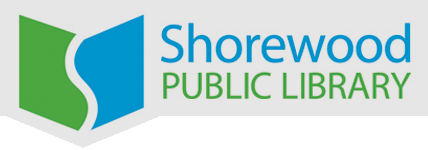Posted May 11, 2014
Since May is the month to honor mothers, it seems the perfect time to shine a light on the matriarch of nursery rhymes - Mother Goose. The identity of the real Mother Goose is a mystery. Theories range from an Eighth Century French Queen to an early 18th Century Boston mother of 16 children. Some believe Mother Goose was never a real person, but a “brand” like another iconic mom Betty Crocker.
While no one is sure of Mother Goose’s origin, her influence is undeniable. For hundreds of years, children have grown up with Humpty Dumpty, Old Mother Hubbard, and Jack and Jill. Those bouncy, often nonsensical, rhymes are as appealing to today's tech savvy tots as they were to 17th century moppets. They are also as beneficial. “Peas porridge hot, peas porridge cold” might not mean the same thing to a McDonald’s generation, but the tongue twister is just as fun to say now as it was then. Nursery rhymes encourage kids to play with language and sounds. They also expose kids to new vocabulary. Nursery rhymes also offer big doses of the 3Rs crucial to language and early literacy development – rhyme, rhythm, and repetition. They are short and catchy so they are easy for kids and parents to memorize.
No doubt, a few of the traditional rhymes are dated by today’s standards. Fortunately, there are plenty of newer versions available. Today’s Old Woman Who Lived in the Shoe is likely to “kiss them all gladly, then put them to bed.” Of course, you can always make up your own variations of favorite rhymes. Check out our collections of nursery rhymes including books My Very First Mother Goose by Rosemary Wells, The Neighborhood Mother Goose by Nina Crews, or Mama Goose: a Latino Nursery Treasury by Alam Flor Ada. We even have nursery rhymes on cd for your listening pleasure. Try Nursery Rhyme Time, Classic Nursery Rhymes, or Pop Go the Wiggles: Nursery Rhymes and Songs.
Share This:
